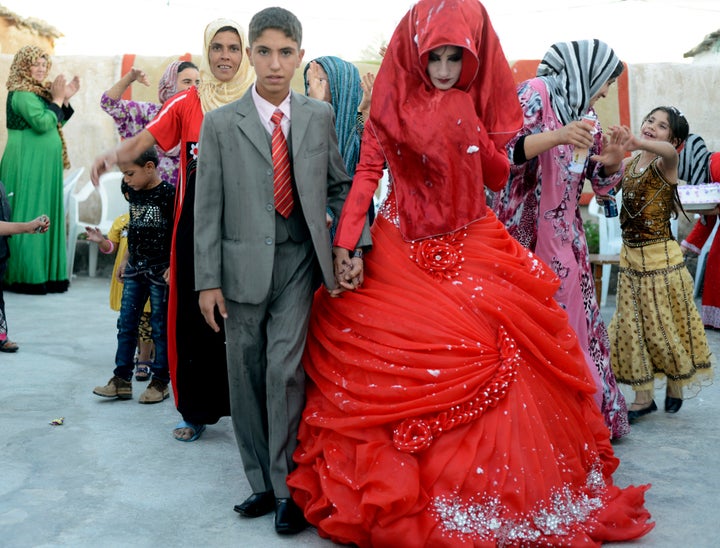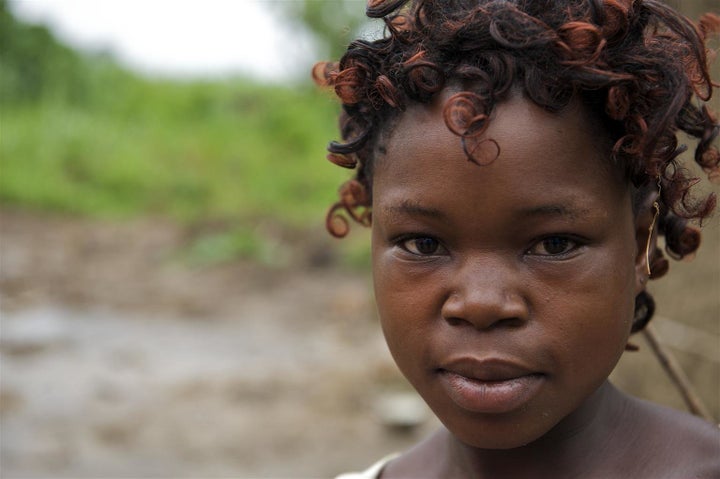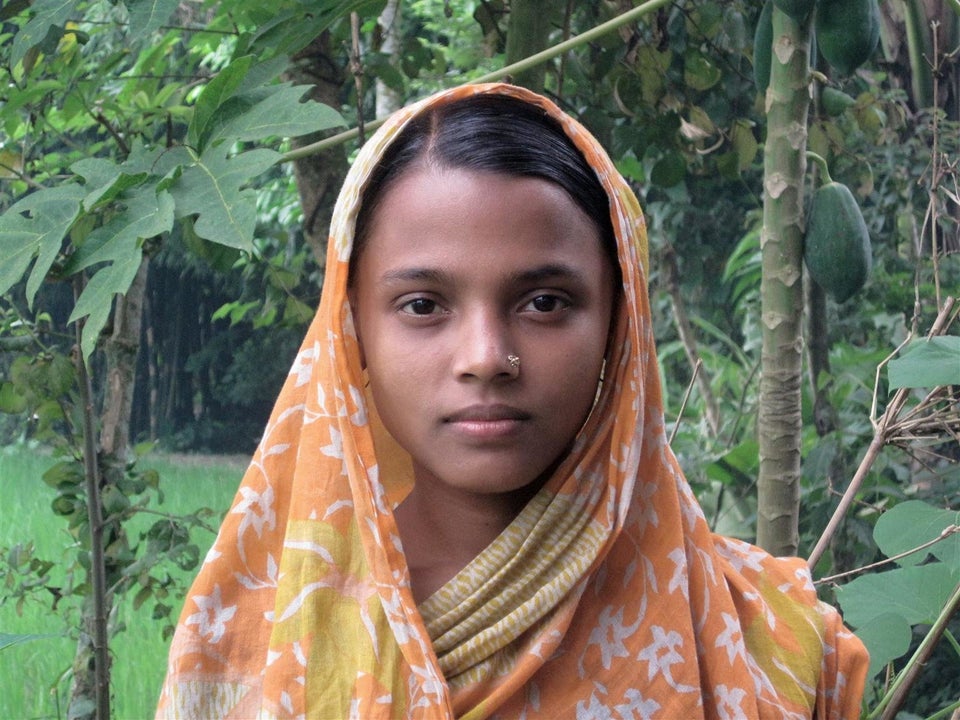Child marriage videos have become almost as ubiquitous as this season's Vera Wang gown.
But in all seriousness, the problem is that the fictional brides in the stories don’t look anything like the girls who are actually married young in real life.
Unicef released this video on Tuesday to raise awareness of the problem of child marriage, and it garnered more than 10 million Facebook views in two days.
The video depicts a woman getting ready for her wedding day: getting her hair done, putting her makeup on, zipping up her white dress. But when she gets to the top of the aisle and her husband-to-be lifts up her veil, the viewer finally sees her face, and realizes the bride is actually just a young girl.
“Fifteen million girls will be married this year,” the video concludes. “Before their 18th birthday.”
This depiction of child marriage raises an important point. One in four women worldwide aged 20 to 24 were child brides, according to Unicef. Child brides are less likely to stay in school and more likely to be victims of domestic violence. They are also more likely to die in pregnancy and childbirth.
And with its huge viewership, the video is definitely resonating with viewers. Yet, the highly stylized video gets some very important things wrong.
“The girl in the video is white, when most child brides are from Sub-Saharan Africa and South Asia.”
The girl in the video is white, when most child brides are from Sub-Saharan Africa and South Asia, according to Unicef, where the vast majority of residents are people of color. The 10 countries with the highest rates of child marriage are:
- Niger (77 percent of women aged 20 to 49 were married before age 18)
- Bangladesh (74 percent)
- Chad (69 percent)
- Mali (61 percent)
- Central African Republic (60 percent)
- India (58 percent)
- Guinea (58 percent)
- Ethiopia (58 percent)
- Burkina Faso (52 percent)
- Nepal (52 percent)
The girl in the video is also celebrating her big day in a traditionally Western ceremony -- with a white wedding dress and veil, walking down an aisle -- when weddings in South Asia and sub-Saharan Africa are celebrated in a variety of ways, and don’t always include a woman in white.

Unicef is not the first to depict a white girl as a child bride. In 2014, Plan Norway staged a fictional blog post from a pre-teen bride about her wedding to an older man. The blog was read by 2.5 million people, according to Plan. The girl featured is white, blonde and Norwegian -- even though Norway doesn’t appear among any of the 120+ countries cited by Girls Not Brides as practicing child marriage.
What’s more, last month, a YouTube prankster staged a wedding photo shoot in Times Square, with a young bride posing with a much older groom. The bride appears to be white, in a white wedding dress. The video has 7.7 million views.
It's fair that when it comes to campaigns, many nonprofits want donors to be able to empathize with the issue, and including actors who look like them is one way to achieve this. But when that comes at the expense of accuracy and honoring a culture afflicted by a serious issue, is that acceptable?
When asked about the decision to cast a white actress in a Western wedding ceremony in their video, Unicef spokesperson Melanie Sharpe told The Huffington Post the actress created more of a surprise for viewers and that she hopes it will raise awareness:
"It is interesting that casting a bride who may not seem to be at risk of child marriage, and replicating a contemporary, highly stylized video -- a popular genre used to document weddings -- seems to make the end of the video more surprising for some people. We hope this will stimulate debate and provoke conversations on the rights of girls around the world. It is also important to mention that this particular video was created in partnership with Bridal Musings – one of the world’s most influential wedding blogs. Bridal Musings’ readers are brides based in the USA, Australia and Europe. So the video concept was also created to appeal to these audiences and mirror the content regularly shared on the Bridal Musings’ blog."
The need to reach audiences, and potential donors, who may not be well-acquainted with the issue is understandable. What is not clear is why featuring white girls should “appeal” more to audiences in the U.S. and Europe than women of color, who more accurately represent the real victims of child marriage.
To be fair, Unicef made a video last year to draw attention to child marriage featuring a woman of color, this time staged in Chad, one of the top 10 countries where the practice occurs. The video saw much less success than their latest, garnering about 700,000 views. As with any media, creators make what viewers and readers want to consume. So while there might not be a clear-cut solution, the takeaway seems to be that we all need to wake up to the reality of the issue.
Unicef is also launching a new multi-country initiative to end child marriage, according to a press release from International Women’s Day. It will engage families and governments in increasing girls’ access to education and health services and strengthening laws that establish a minimum age of 18 for marriage.


